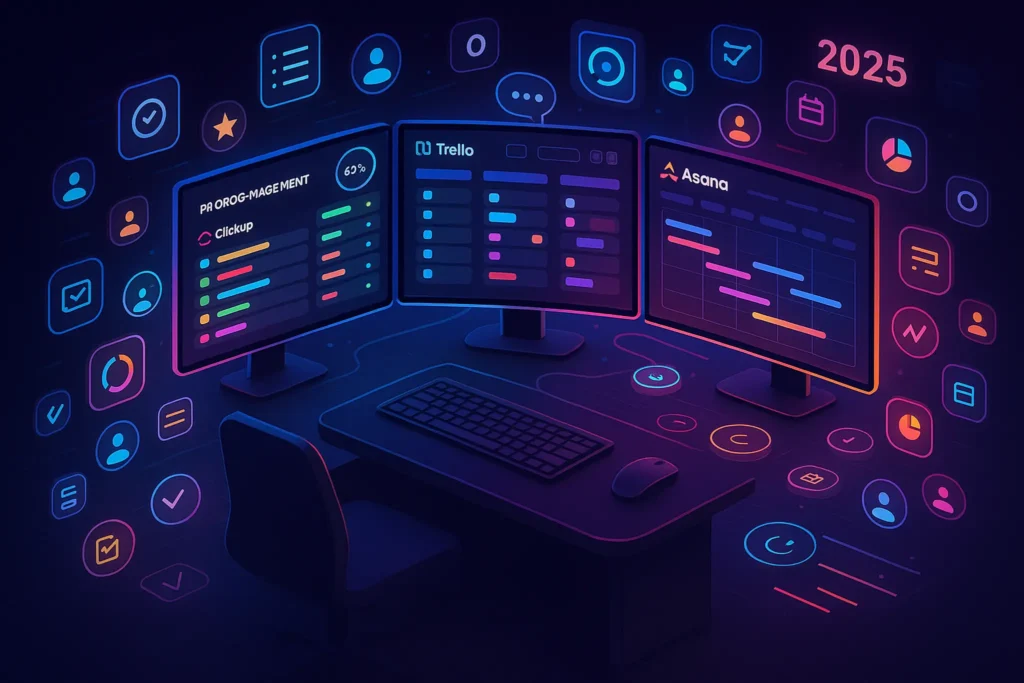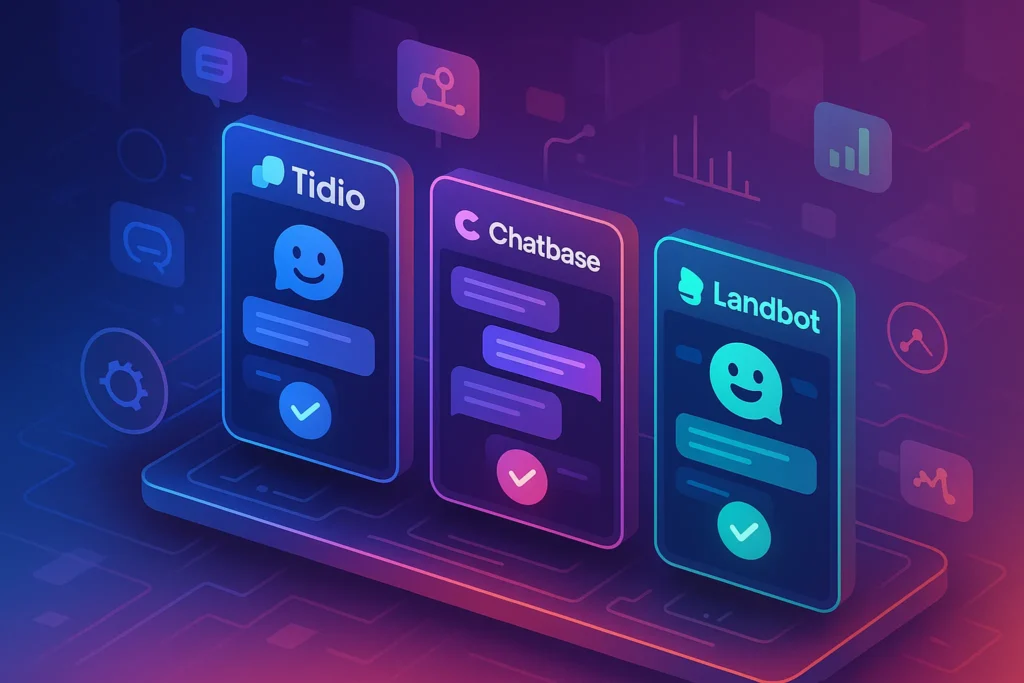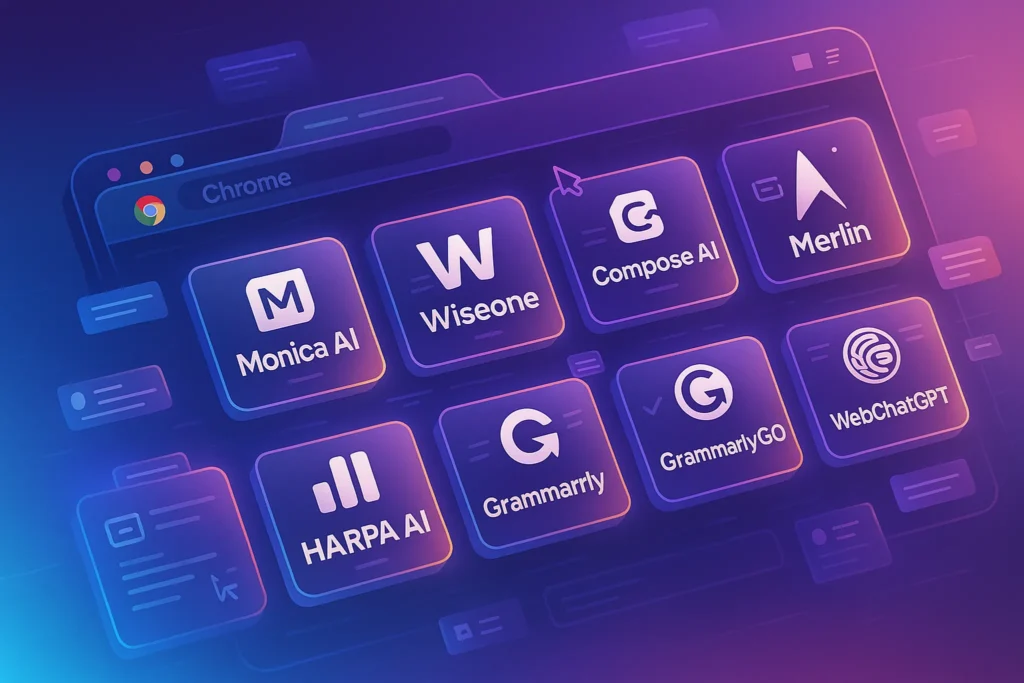🧠 Introduction: Why Project Management Tools Matter More Than Ever in 2025
Managing projects in 2025 is no longer just about assigning tasks and ticking boxes. It’s about staying synchronized in real-time, balancing async communication, and automating workflows to keep teams aligned—whether they’re across the room or across the world.
With hybrid teams now the norm, choosing the right project management software can mean the difference between chaos and clarity. But with so many options—each claiming to be the best—it’s easy to get overwhelmed. This guide will help you cut through the noise and choose the tool that actually fits your team’s size, structure, and style.
From visually appealing kanban boards to enterprise-level sprint planning, we’ll break down the pros, cons, and real use cases of each platform.
🧩 Evaluation Criteria: What Matters Most
Before diving into the tools, here’s how we’ll evaluate them:
-
Ease of Use – How intuitive is the interface for new users?
-
Collaboration Features – Does it support real-time communication, tagging, comments?
-
Integration Options – Can it plug into your existing stack (Slack, Google Drive, GitHub)?
-
Automation & AI – Does it simplify repetitive work?
-
Pricing – Is it scalable for teams of different sizes?
-
Ideal User Persona – Freelancers, Startups, Agencies, Enterprises?
🔧 Tool Reviews: Deep Dive into the Top Platforms
1. ✅ Asana – For Teams Focused on Task Clarity
Whether you’re managing a blog editorial calendar or a product launch, Asana helps you visualize who’s doing what and by when. It’s especially effective for teams that value transparency, structure, and progress tracking without overcomplicating workflows.
Key Features:
Asana is a clean, well-structured platform ideal for task and project planning. With list, board, and timeline views, it gives teams visibility into progress and responsibilities.
✅ Pros:
-
Excellent UI with multiple view options
-
Powerful automations (especially with Asana’s Rules engine)
-
Great for marketing, ops, and content teams
❌ Cons:
-
Can feel limited for technical teams
-
Automations only available in higher tiers
Best For:
Marketing teams, growing startups, and teams that value clarity over complexity.
🧠 Want to see how Asana compares to other visual-first tools? Check out our guide on Monday Content Planning.
2. ✅ Trello – For Simplicity and Visual Boards
Trello is a go-to for teams who just want to get started fast without a steep learning curve. Its drag-and-drop cards are perfect for visual thinkers managing to-do lists, pipelines, or simple content workflows—ideal for startups and solo creators alike.
Key Features:
Trello uses a card-based Kanban approach that’s incredibly intuitive. Great for smaller teams or simple workflows.
✅ Pros:
-
Easiest onboarding of all tools
-
Strong Power-Ups for extending functionality
-
Free plan covers most basic needs
❌ Cons:
-
Limited features for complex workflows
-
Lacks deep reporting and hierarchy
Best For:
Freelancers, solopreneurs, and visual thinkers who want simplicity without the clutter.
3. ✅ Jira – For Agile and Developer-Centric Teams
Built for software teams, Jira is engineered around agile principles like sprints, epics, and backlog grooming. If your team runs on code and needs detailed tracking of bugs, user stories, and release cycles, Jira gives you unmatched control.
Key Features:
Jira is the gold standard for agile development, with built-in sprints, epics, stories, and issue tracking.
✅ Pros:
-
Deep customization for workflows
-
Integrates tightly with dev tools like Bitbucket
-
Advanced reporting and backlog grooming tools
❌ Cons:
-
Steep learning curve
-
Overkill for non-technical teams
Best For:
Engineering teams, product managers, and companies with robust Agile processes.
💡 Using AI in tech workflows? You might also find value in our list of Best AI Tools for Remote Team Collaboration.
4. ✅ ClickUp – The All-in-One Powerhouse
ClickUp is built for those who hate switching between tools. With everything from kanban boards to docs and whiteboards, it’s ideal for high-growth teams scaling fast. Custom dashboards and AI features make it a true command center for productivity.
Key Features:
ClickUp combines task management, docs, goals, whiteboards, and chat—all in one platform. Highly customizable for any team setup.
✅ Pros:
-
Unmatched versatility
-
Granular control over every element
-
Workflow automations + AI assistant
❌ Cons:
-
Can feel overwhelming at first
-
Occasional performance issues on heavy workspaces
Best For:
Teams who want to centralize all operations—from product to content—in one place.
🚀 Ready to Upgrade Your Workflow?
Tools like ClickUp and Monday.com offer powerful ways to streamline tasks, automate progress tracking, and keep your team in sync—whether remote or hybrid.
From content calendars to sprint planning, see how these tools transform real-world team productivity 👉 Notion vs ClickUp
5. ✅ Monday.com – Best Visual Interface + Automation
Monday’s colorful, modular interface makes it feel more like a creative canvas than a rigid tool. Whether you’re mapping out marketing campaigns or automating HR onboarding flows, it offers the perfect mix of usability and scalability.
Key Features:
Monday turns project management into a color-coded, visual dashboard. It excels at marketing calendars, client workflows, and team timelines.
✅ Pros:
-
Beautiful, customizable boards
-
Easy-to-use automation builder
-
Rich templates for marketing, CRM, HR
❌ Cons:
-
Custom reporting locked behind higher plans
-
Some users report mobile app limitations
Best For:
Creative teams, client agencies, and anyone who prefers visual flow.
💬 Planning a content calendar? Don’t miss Monday Content Planning
6. ✅ Notion – Ultimate Flexibility for Docs + Tasks
Notion is what you make of it. From building a shared team wiki to crafting GTD-style project trackers, it’s beloved by remote teams who want everything in one customizable space. It shines when used by teams who document often and work async.
Key Features:
Notion blends task management with rich documentation. It’s especially great for teams that want a unified workspace for notes, databases, calendars, and projects.
✅ Pros:
-
Fully customizable layouts
-
Great for internal knowledge bases
-
Databases + linked views for project tracking
❌ Cons:
-
Not a native project management tool (requires setup)
-
Task collaboration can lack structure for large teams
Best For:
Remote-first teams, content creators, and internal documentation-heavy companies.
🧠 Looking to optimize how your brain works digitally? Explore our Ultimate Guide to Building a Second Brain
7. ✅ Basecamp – Minimalist Setup for Small Teams
If your team values minimalism and doesn’t need bells and whistles, Basecamp is a refreshingly focused choice. It brings together messaging, file sharing, and scheduling without the clutter—great for teams that just want to work, not configure.
Key Features:
Basecamp focuses on simplicity: To-dos, message boards, schedules, and file sharing—all in one place with zero clutter.
✅ Pros:
-
Flat pricing (not per user)
-
Dead simple interface
-
Great for non-tech-savvy teams
❌ Cons:
-
Limited customization
-
Lacks visual project views like Gantt or Kanban
Best For:
Small businesses, consultancies, or casual collaborative teams who value low-friction tools.
8. ✅ Teamwork – Tailored for Agencies and Client Projects
Agencies need more than just task lists—they need to manage clients, track billables, and deliver on time. Teamwork was designed for exactly that, offering built-in time tracking, budgeting, and permissions tailored to client-facing workflows.
Key Features:
Teamwork shines when it comes to managing external clients, time tracking, and billable hours. It’s an agency-first project hub.
✅ Pros:
-
Built-in time tracking and invoicing
-
Client permission controls
-
Templates for recurring projects
❌ Cons:
-
Slightly dated UI
-
Pricing gets steep with add-ons
Best For:
Agencies, freelancers, and service providers managing multiple clients.
9. ✅ Wrike – Structured for High-Performance Teams
Wrike helps teams handle layered projects with multiple dependencies, deliverables, and timelines. From product teams to enterprise operations, it offers the kind of structure and oversight large organizations need to keep everything aligned.
Key Features:
Wrike is designed for structured, cross-functional collaboration. Features include Gantt charts, workload balancing, and risk prediction (AI-enhanced).
✅ Pros:
-
Granular project reporting
-
Enterprise-grade permissions and dashboards
-
AI tools for prioritization
❌ Cons:
-
Complex setup
-
Higher learning curve for non-PM users
Best For:
Mid-to-large teams, operations managers, and enterprise collaboration.
10. ✅ Smartsheet – Spreadsheet Lovers’ PM Tool
Smartsheet is perfect for users who live and breathe spreadsheets but need collaborative project control. With automation, formulas, and grid views, it bridges the gap between Excel familiarity and project management discipline.
Key Features:
Smartsheet is Excel meets project management—ideal for users who love grid views and formula-like logic.
✅ Pros:
-
Familiar for Excel users
-
Formula support and automation
-
Scalable for enterprise
❌ Cons:
-
Can feel rigid and data-heavy
-
Less intuitive for creative projects
Best For:
Operations teams, finance, logistics, or engineering teams used to working in spreadsheets.
📊 Comparison Table
| Tool | Best For | Strengths | Limitations | Pricing | Platforms |
|---|---|---|---|---|---|
| Asana | Growing teams | Clarity, structure | Limited for dev teams | Free / Paid | Web, Mobile |
| Trello | Solopreneurs, simplicity | Easy onboarding, visual flow | Lacks depth | Free / Paid | Web, Mobile |
| Jira | Dev teams | Agile workflows, deep integration | Complex UI | Paid | Web, Mobile |
| ClickUp | All-in-one operations | Versatile, customizable | Overwhelming for some | Free / Paid | Web, Mobile |
| Monday.com | Creative teams | Visual boards, automation | Custom reports locked | Paid | Web, Mobile |
| Notion | Knowledge + tasks | Flexible docs, databases | Light PM features | Free / Paid | Web, Mobile |
| Basecamp | Small teams | Simplicity, flat pricing | Limited visuals | Paid | Web, Mobile |
| Teamwork | Client projects | Time tracking, billing | Outdated visuals | Paid | Web, Mobile |
| Wrike | Large orgs | Structured, predictive AI | Complex onboarding | Paid | Web, Mobile |
| Smartsheet | Data-heavy teams | Spreadsheet logic | Less creative-friendly | Paid | Web, Mobile |
🧭 How to Choose the Right Tool for Your Team
No single tool fits everyone. Your best choice depends on:
-
Startup or Creative Agency? → Go with ClickUp or Monday.com for flexibility and visual clarity.
-
Developer-Focused or Agile Workflow? → Jira is still the leader.
-
Managing Clients and Invoices? → Teamwork or Basecamp shines here.
-
Docs + Tasks in One Place? → Try Notion or even ClickUp as your all-in-one hub.
-
Operations + Excel Power? → Choose Smartsheet or Wrike.
Make sure to test 2–3 options with your actual workflows before fully committing.
🧭 Quick Selector: Which Tool Fits You Best?
Not sure where to begin? Here’s a quick guide to help narrow it down:
-
I want visual simplicity: → ✅ Trello
-
I manage technical sprints: → 🛠️ Jira
-
I need docs + tasks + goals in one place: → 🧠 ClickUp or Notion
-
I’m a freelancer juggling clients: → 💼 Basecamp or Teamwork
-
My team lives in spreadsheets: → 📊 Smartsheet
-
We want powerful automation and visuals: → 🎨 Monday.com
Each of these tools works best in a specific context—try matching one with your current workflow before diving into a long-term commitment.
🤖 The Rise of AI in Project Management (2025 Trend)
Project management tools in 2025 aren’t just static task lists—they’re becoming dynamic AI-powered assistants.
Platforms like ClickUp and Wrike now offer AI features that help teams:
-
Auto-prioritize tasks based on deadlines and workload
-
Generate weekly progress summaries from task activity
-
Detect potential project risks (like missed dependencies)
Notion AI can draft meeting notes, action items, and even help plan roadmaps in natural language. Meanwhile, Monday.com integrates with automation bots that update statuses and send alerts based on triggers.
These innovations mean less manual tracking, faster decision-making, and more mental space for strategy.
👉 Want more on this? Read our deep-dive: How AI is Transforming Productivity in 2025
🔑 Nerd Tip: Real Projects > Sandboxes
No matter how intuitive a tool seems, its real value shows up in real workflows.
Instead of experimenting in a sandbox, onboard your team to one of these platforms using an actual short-term project—like a marketing campaign, sprint, or content calendar. You’ll quickly spot gaps, needs, and winning features.
And don’t forget to involve your team in feedback—it boosts adoption and trust.
🧠 Nerd Verdict
Project management in 2025 isn’t about using more tools—it’s about using the right one that complements your team’s structure, size, and rhythm.
Whether you’re managing an internal marketing team, a freelance collective, or a sprinting product squad, the tools above offer clarity, structure, and power. Don’t just pick what’s popular—pick what fits.
❓ FAQ: Nerds Ask, We Answer
💬 Would You Bite?
Which project management tool does your team swear by—and why?
Drop a comment and let’s crowdsource the best PM hacks from real users like you. 👇



